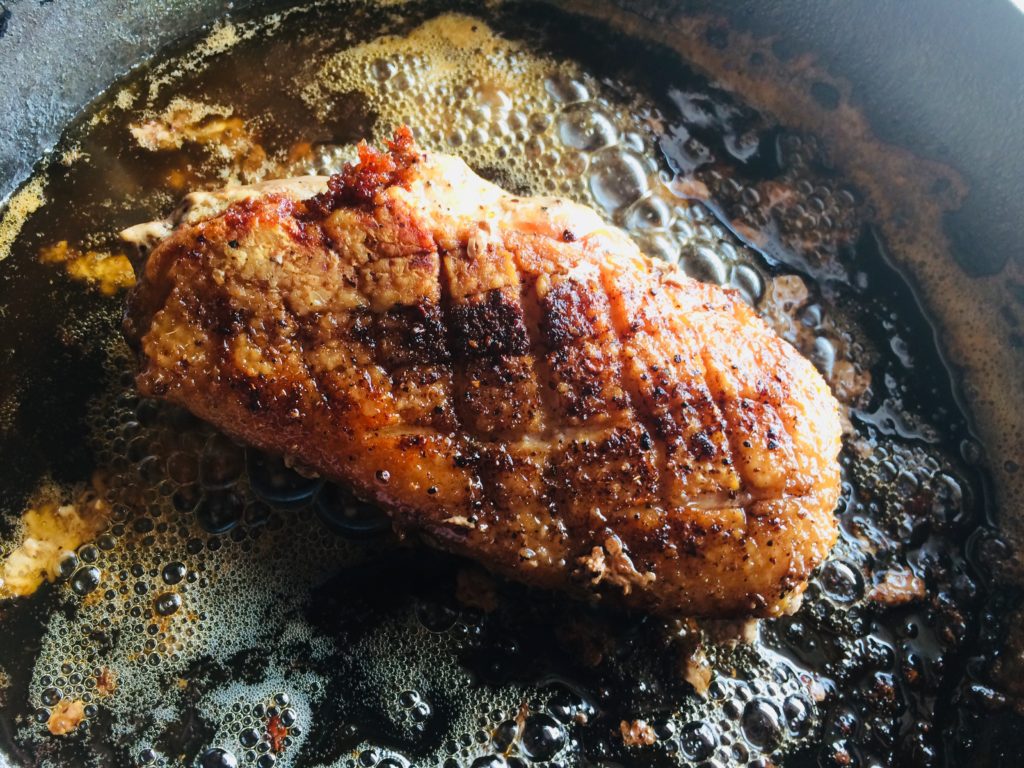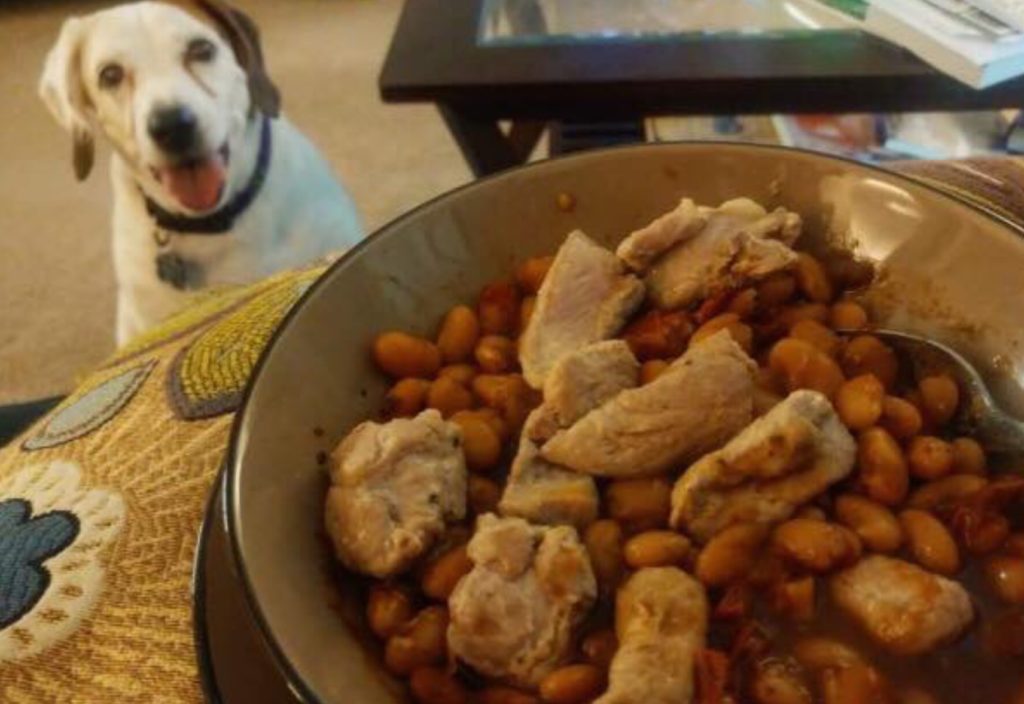Duck breast is one of the most decadent and scrumptious cuts of meat that we offer, and since it’s more often seen on Top Chef than in your average grocery, the idea of cooking a duck breast may seem a bit daunting.
We’re here to tell you that it’s actually SUPER EASY! So don’t turn away now… You’ve got this!
As it turns out, the easiest way to cook duck breast is also the absolute best: scored skin, hot cast iron skillet, skin side down, rendering that fat out, and flipping for a few sizzling minutes. Seasoning? It’s really up to you. We love garlic & thyme or Asian five spice.
Now the question is… Is one really enough?
Here’s the play-by-play… It couldn’t be easier:
Ingredients
- duck breast(s)
- salt
- Asian five spice seasoning, or garlic & thyme, or any other seasoning you’re excited about right now
Materials
- cast iron skillet
- sharp knife
- spatula
Directions
- Thaw your duck breast.
- Using your sharp knife, score the skin of the duck, cutting into the fat layer underneath the skin but not so far that you can see the underlying meat.
- While you’re scoring and spicing, begin heating up your naked skillet on medium heat (no oil or butter or anything needed!).
- Spice your duck breast by adding salt and whatever spice combination you’ve selected to the skin side.
- When your pan sizzles when you sprinkle water drops on it, it’s ready!
- Place the duck breast in the pan, skin side down.
- Let your breast cook on medium heat until you reach the desired skin color… We like ours very brown and almost burned, which makes it really crispy. This part is up to you! If you’re not sure, think about how you like your bacon and shoot for that desired crispiness!
- You’ll see the fat rendering out of the breast… Be sure to save this fat for cooking veggies or any other thing you want to taste super awesome!
- Add a bit of your spice to the meat side.
- When the skin has reached the desired crispiness, flip the breast and continue searing, how long depends on how well done you’d like your meat. Duck breast can be cooked med-rare, like steak, and we recommend a medium cook, still pinkish in the middle. Think about how you like your steak and shoot for that. You can always slice into the breast a little while it’s still cooking to check it and to to ensure you cook it to your desired temperature.
- When your meat is done, remove it from the pan and let it rest on a plate for 5 minutes.
- Serve and enjoy! If you’re really feeling wild, spoon a bit of the rendered fat back on top before eating!










